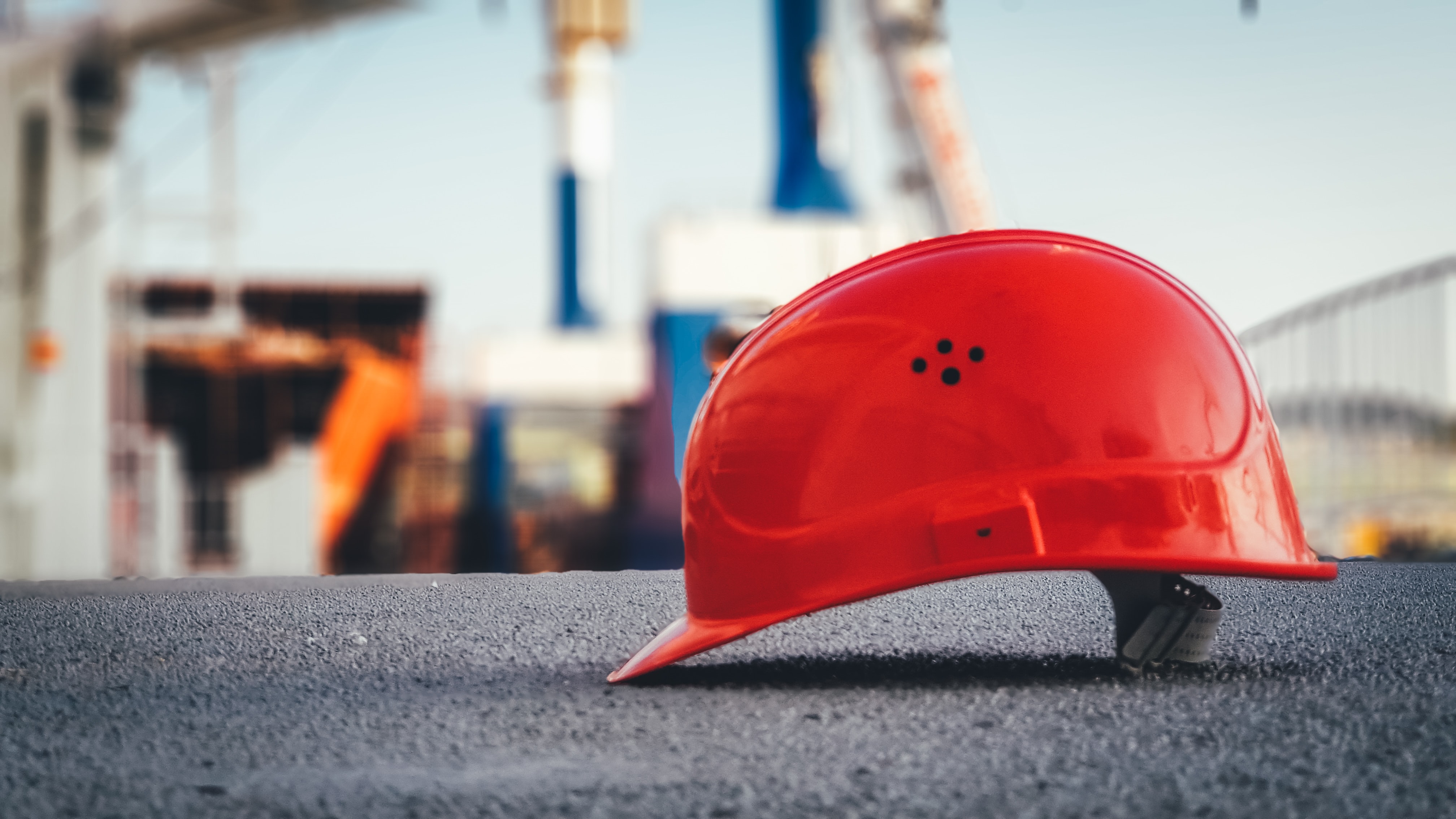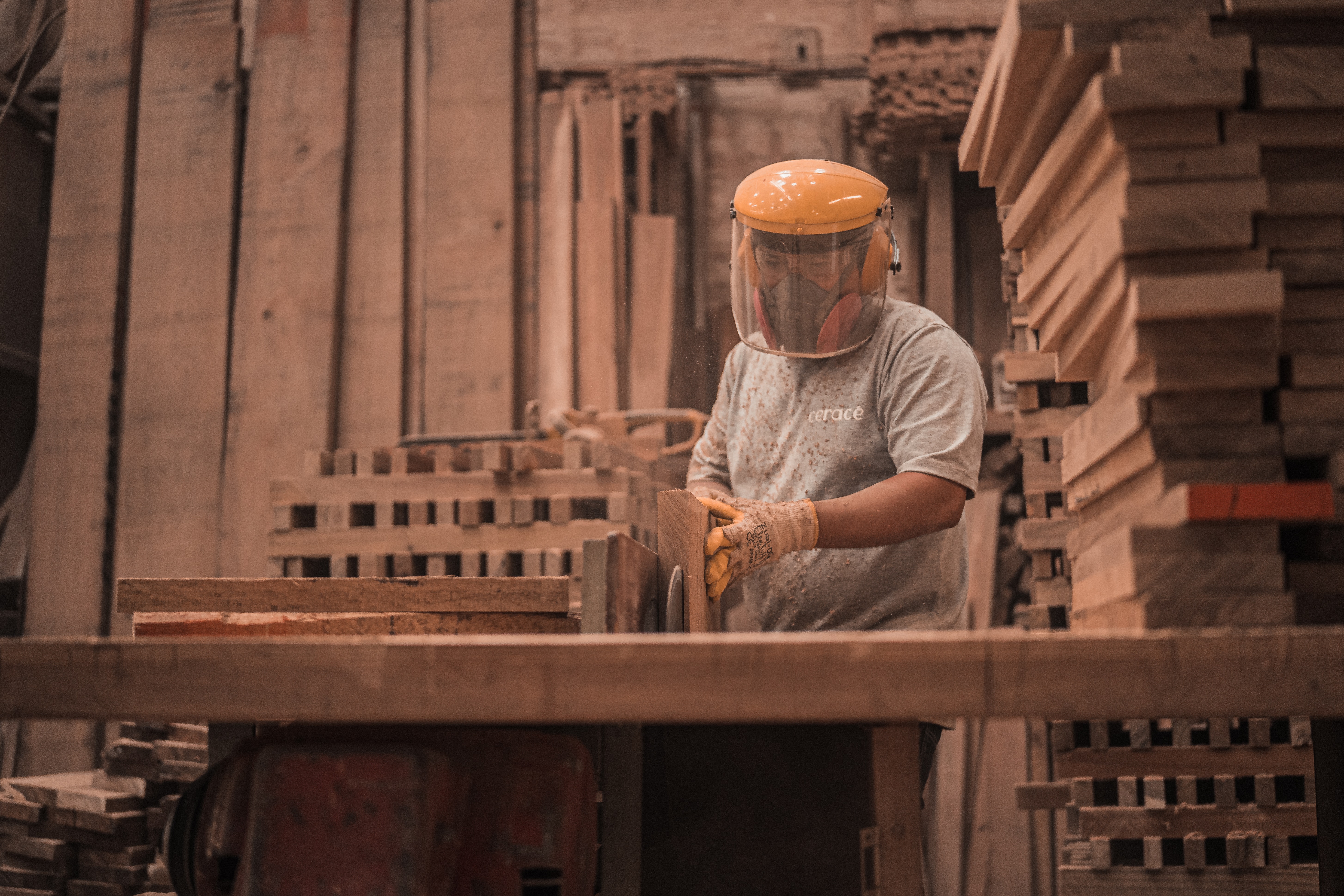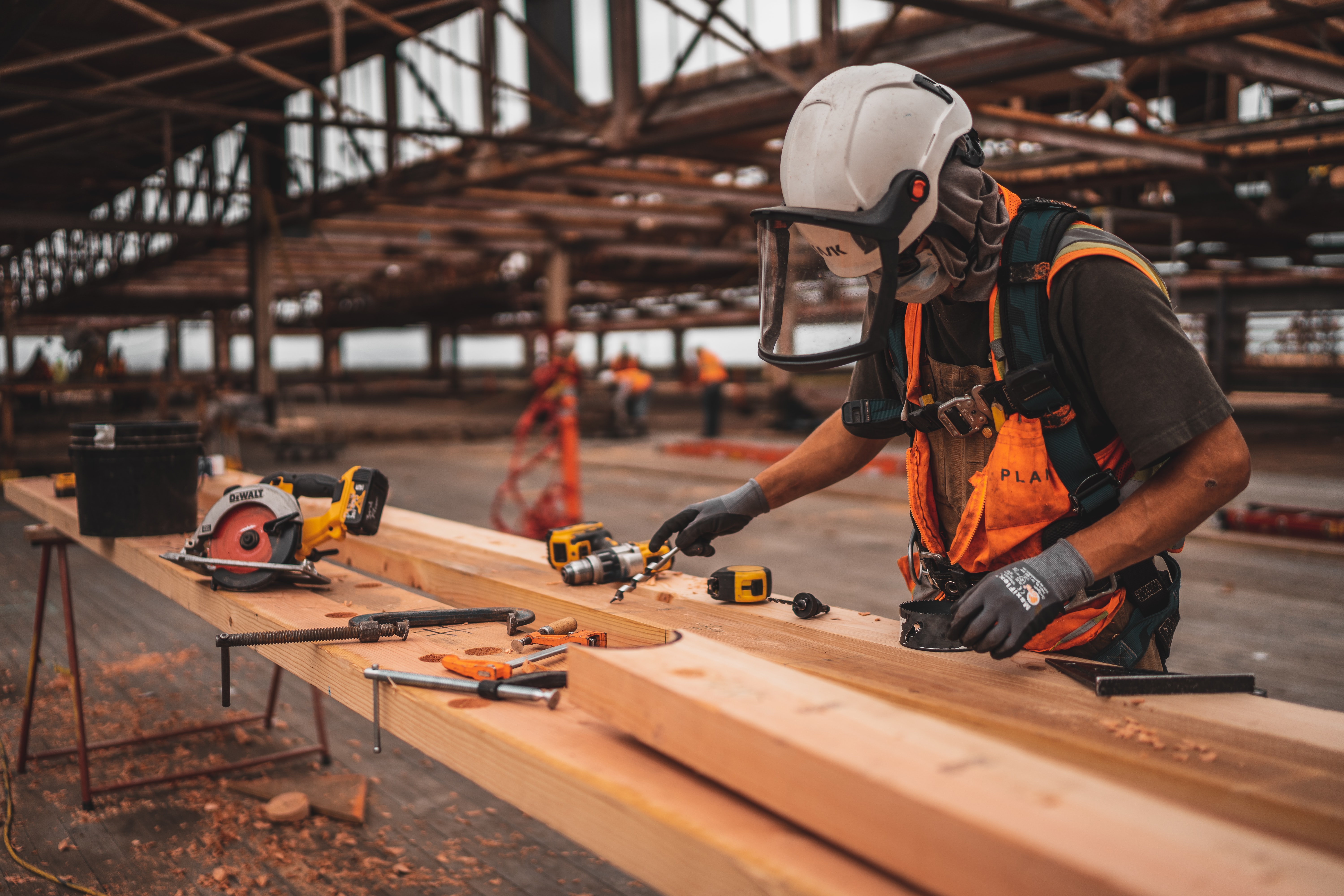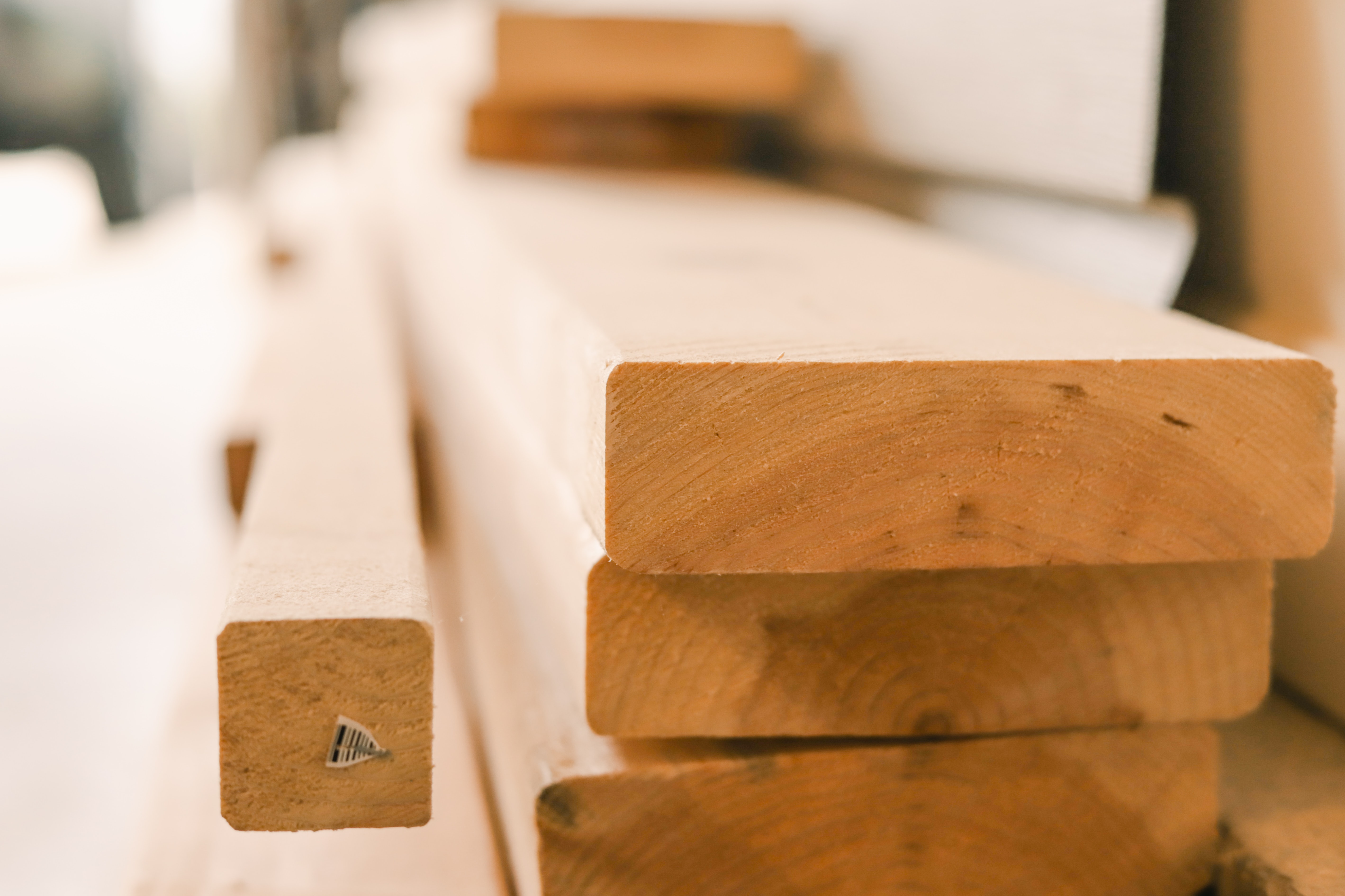4 Ways Construction Technology Could Save Lives
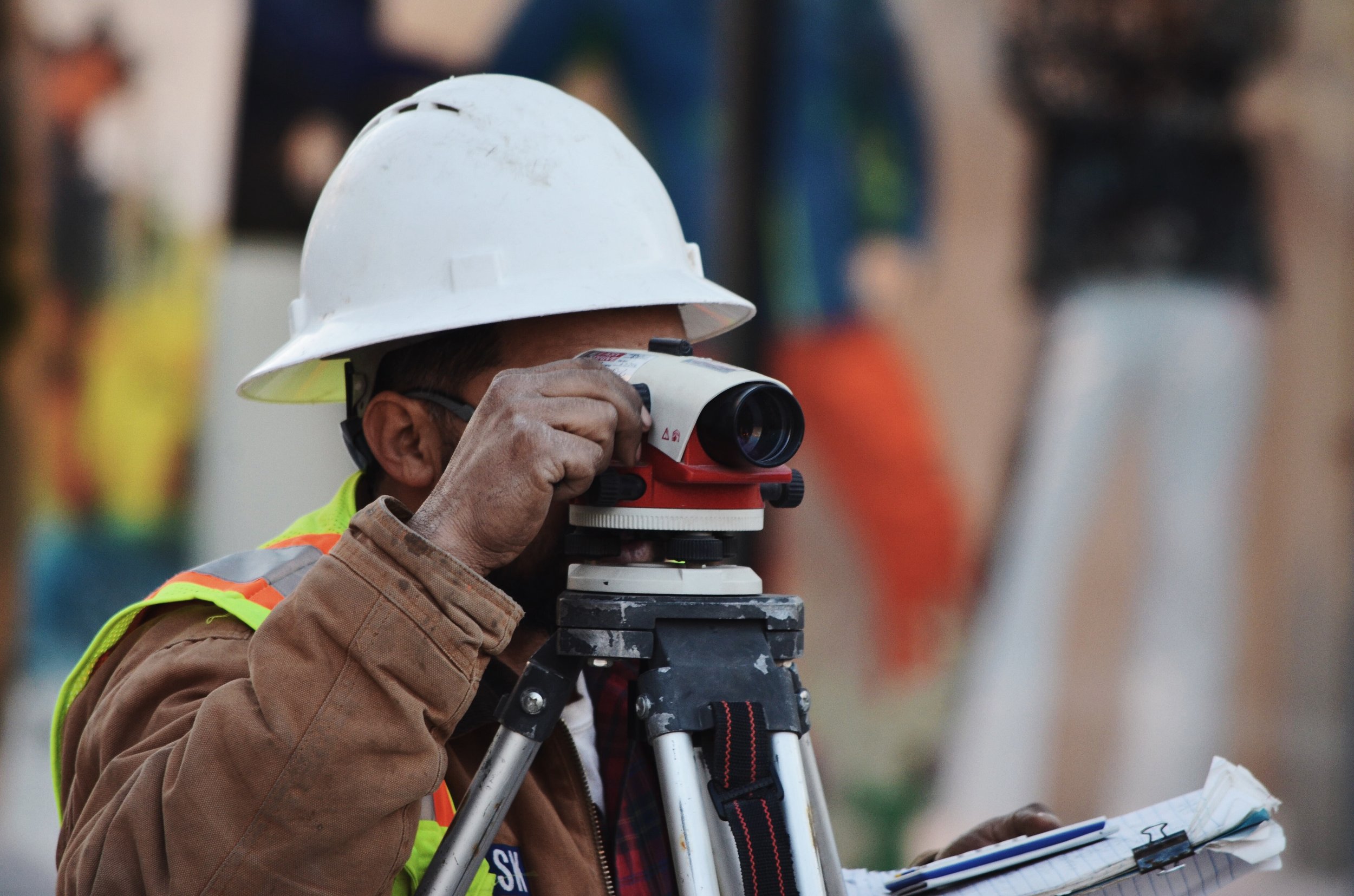
Technology makes things more convenient, but could it also save lives in construction? They’ve made termite-inspired robots that can lay bricks, self-driving vehicles for moving heavy loads, and virtual reality technologies to enable workers to visualize their project before they even put their boots on. (Speaking of boots, there are “smart boots” now too.)
Innovation is rampant in the construction industry right now, and one of its most important aims should be the advances that can minimize health and safety concerns. Here are four recent developments changing lives (and workers’ comp MODs...because after safety, nothing matters more than the bottom line):
- Job Site Live Stream. Utilizing job site live streams has a host of advantages. Many companies use them to help their clients get instantaneous updates on work progress or tout them as a marketing tool. But can they also be a safety measure? Superintendents and project managers can use this tool to identify weaknesses in safety habits and violations of job site standards. When an incident occurs, supervisors can review footage (and later with the team) to debrief potential contributing breaches in protocol. These cameras generally stay on all night, which provides an extra layer of security and can aid the recovery effort if theft occurs.
- Smartwatches & Wristband Heart Rate Monitors. Two things that construction requires a lot of are manual labor and communication. When teams need to connect throughout the workday, smartwatches can enable individuals to communicate hands-free. Many of these watches also include heart rate monitors, which can be indispensable in detecting cardiovascular diseases and heat-related injuries. Heart rate wristbands can also be purchased separately from smartwatches and are relatively inexpensive. This tool is extremely convenient because it does not impede a worker’s task or motion.
- Exoskeletons. Robots are here to stay. Researchandmarkets.com predicts the construction robot market will grow by $151 million with a compounded growth of 17.2% by 2025. (Research released in 2019 and pandemic impacts not factored). These tools can help reduce worker fatigue and improve productivity, particularly for tasks where another safety accommodation isn’t possible. Iowa State researchers found an 86% increase in welds for workers wearing a shoulder exoskeleton. These exoskeletons are available for various muscle groups and are especially helpful for workers who have to make repetitive motions or perform overhead work.
- Wearables. For workers employed in riskier positions who are required to work alone, other wearable technologies on the market could be the difference between life and death. Some of these connect to an operations center that provides 24/7 support. When a worker experiences a fall, has been motionless for a set period of time, or has missed a scheduled check-in, the device sends a notification to this operations center. These devices can also detect hazardous gasses and provide an alert so workers do not fall victim to unintentional inhalation.
Having a regularly scheduled time of year when safety technologies are reviewed can be critical to a company’s success. These things are easy to push off to future dates and not prioritize, but safety first has long been the mantra for a good reason. Consider having a designated safety officer responsible for researching options that make sense for the applicable industry. It will require cooperation with senior leadership, but it’s a task worth taking on.
Good projects aren’t anything without good people, and employers may find that an investment in the health and safety of their people could improve productivity outcomes. The most challenging part may be determining who gets to test-drive the new robot arm.
June 16th, 2021 | construction, construction management, communication, technology
Related Posts
SIGN UP FOR OUR NEWSLETTER
Recent Posts
Categories
Archives
Archives
- January 2024 (1)
- July 2023 (1)
- January 2023 (1)
- September 2022 (1)
- March 2022 (3)
- February 2022 (3)
- January 2022 (2)
- December 2021 (4)
- November 2021 (2)
- October 2021 (2)
- September 2021 (2)
- August 2021 (2)
- July 2021 (3)
- June 2021 (2)
- May 2021 (2)
- April 2021 (2)
- March 2021 (5)
- February 2021 (4)
- January 2021 (1)
- December 2020 (1)
- November 2020 (3)
- October 2020 (2)
- September 2020 (2)
- August 2020 (2)
- June 2020 (1)
- May 2020 (2)
- April 2020 (1)
- March 2020 (2)
- February 2020 (1)
